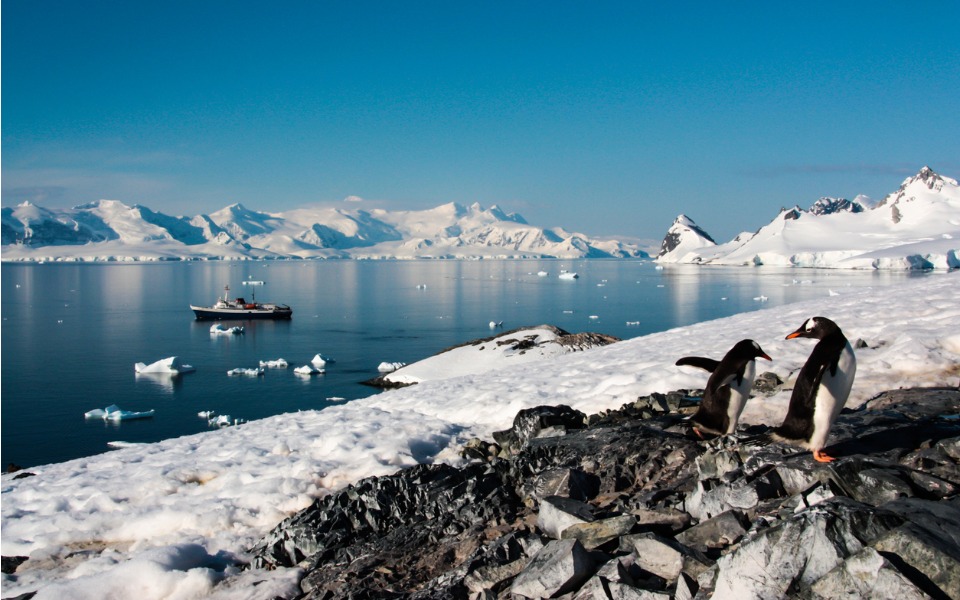
New heat record: Antarctica at 18.3°C is warmer than Ooty
Antarctica just set its hottest temperature ever recorded at 18.3°C that’s 6°C warmer than Ooty, a hill station in Tamil Nadu, which was 12°C on Sunday morning. A tweet from Argentina’s meteorological agency revealed the record. The station’s data goes back to 1961.

Antarctica just set its hottest temperature ever recorded at 18.3°C that’s 6°C warmer than Ooty, a hill station in Tamil Nadu, which was 12°C on Sunday morning. A tweet from Argentina’s meteorological agency revealed the record. The station’s data goes back to 1961.
The reading was taken at the Esperanza Base along Antarctica’s Trinity Peninsula on Thursday has revealed that it beats the continent’s previous record of 17.5°C tallied in March 2015. Scientists say that they see no end to the way climate change continues to shatter temperature records across the world, including in Antarctica, which is one of the fastest-warming regions in the world.
Antarctica’s peninsula – the area that points towards South America – is one of the fastest-warming places on earth, heating by almost 3°C over the past 50 years, according to the World Meteorological Organization. Almost all the region’s glaciers are melting.
Related news | Humanity must rescue oceans to rescue itself, UN warns
Antarctica’s record-breaking temperature has not yet been verified by the World Meteorological Organization (WMO), which will have a committee confirm the new Esperanza record.
“Everything we have seen thus far indicates a likely legitimate record, but we will of course begin a formal evaluation of the record once we have full data from SMN and on the meteorological conditions surrounding the event,” said WMO’s Weather and Climate Extremes rapporteur Randall Cerveny speaking to CNBC.
Related news | Melting glaciers may add 10 inches to sea levels by 2100: Study
Research shows that Antarctica’s glaciers are rapidly melting as the planet warms, releasing enough water to significantly raise global sea levels. The amount of ice lost each year from the Antarctic ice sheet increased at least six-fold between 1979 and 2017, according to the WMO.

